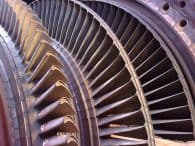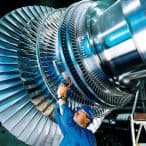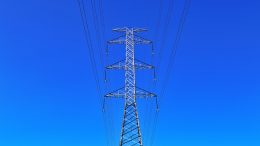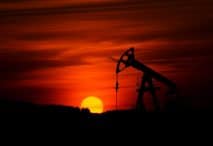In today’s world, a vast amount of resources are rightfully devoted to discovering newer, more efficient, and more affordable ways to create energy. Although early versions of gas turbines were created as early as the year 50 AD, the gas turbine as a major power producer came about just before the turn of the 20th century, and they are continually being improved to provide reliable energy communities around the world today.
Parts of a Gas Turbine
Although the operations of a gas turbine are complex, there are three essential parts: the compressor, the combustion system, and the turbine. The compressor works by pulling air into the engine, which is then pressurized and fed into the combustion chamber at up to several hundreds of miles per hour. The combustion system uses fuel injectors to inject natural gas into the combustion chamber, resulting in temperatures of over 2,000 degrees Fahrenheit. Finally, the combusting gas enters the turbine, where it spins rotating blades that in-turn spin a generator, producing electricity for different energy markets. This process also pulls more air into the compressor, restarting the process.
Types of Gas Turbines
Although gas turbines all operate with the same main process, there are differences between two major types of turbines: heavy frame engines and aeroderivative engines. One main difference is in the pressure ratio, which is the ratio between compressor discharge pressure and inlet air pressure. While the pressure ratio for heavy frame engines is normally below 20 psi, it is generally in excess of 30 psi when it comes to aeroderivative engines. Another difference is that aeroderivative engines are generally compact and used when less energy is required, and heavy frame engines are larger and have much higher power generation. However, this also means they have higher emissions, and therefore must be designed differently to reduce emissions of pollutants such as NOx.
Heating and Cooling
Without achieving very high temperatures, a gas turbine would not be able to create energy efficiently. Gas turbines can reach up to 2300 degrees F. However, many materials used to create the turbines cannot sustain this heat. To solve this, some air from the compressor is used to cool important components of the turbine, and although it may reduce overall efficiency, this system upgrade increases the lifespan of the system.
Gas Turbine Controls
Because gas turbines have such a massive output of energy, advanced control systems and solutions are essential for the safety and efficiency of the process. Many advanced control systems can create or update controls for electro-hydraulic, analog-electronic, or relay and pneumatic based control systems. For compressor drives, these systems include DCS interface and a graphic operator interface, turbine and compressor sequencing, and surge and capacity control. For generator drives, they include complete turbine control, trending and data logging, and synchronization and protection.
Gas Turbine Uses
Variations of gas turbines have been used by Leonardo Da Vinci, Nikola Tesla, and Sir Charles Parsons, and they have entered into common use in many fields today. These turbines are used to create thrust for jet engines, for mass power creation, or in ships, locomotives, helicopters, and tanks. A small number of cars, buses, and motorcycles also use gas turbines.
Benefits of Gas Turbines
Although no means of energy creation is 100 percent efficient, there are many benefits of gas turbines over other energy solutions. Because the gas production costs are low, there is generally a lower operational cost than many other generators. They also have less operational failure and downtime relative to other solutions. When running on natural gas instead of coal, these turbines also produce less exhaust gas pollution than internal combustion engines (ICE), using the excess air for more combustion.
It’s true that gas turbines offer a cost-effective and efficient energy solution, but they can’t operate without an effective control system. For more information about Petrotech’s control system solutions and to view technical documentation about our full application line, visit our literature library.



